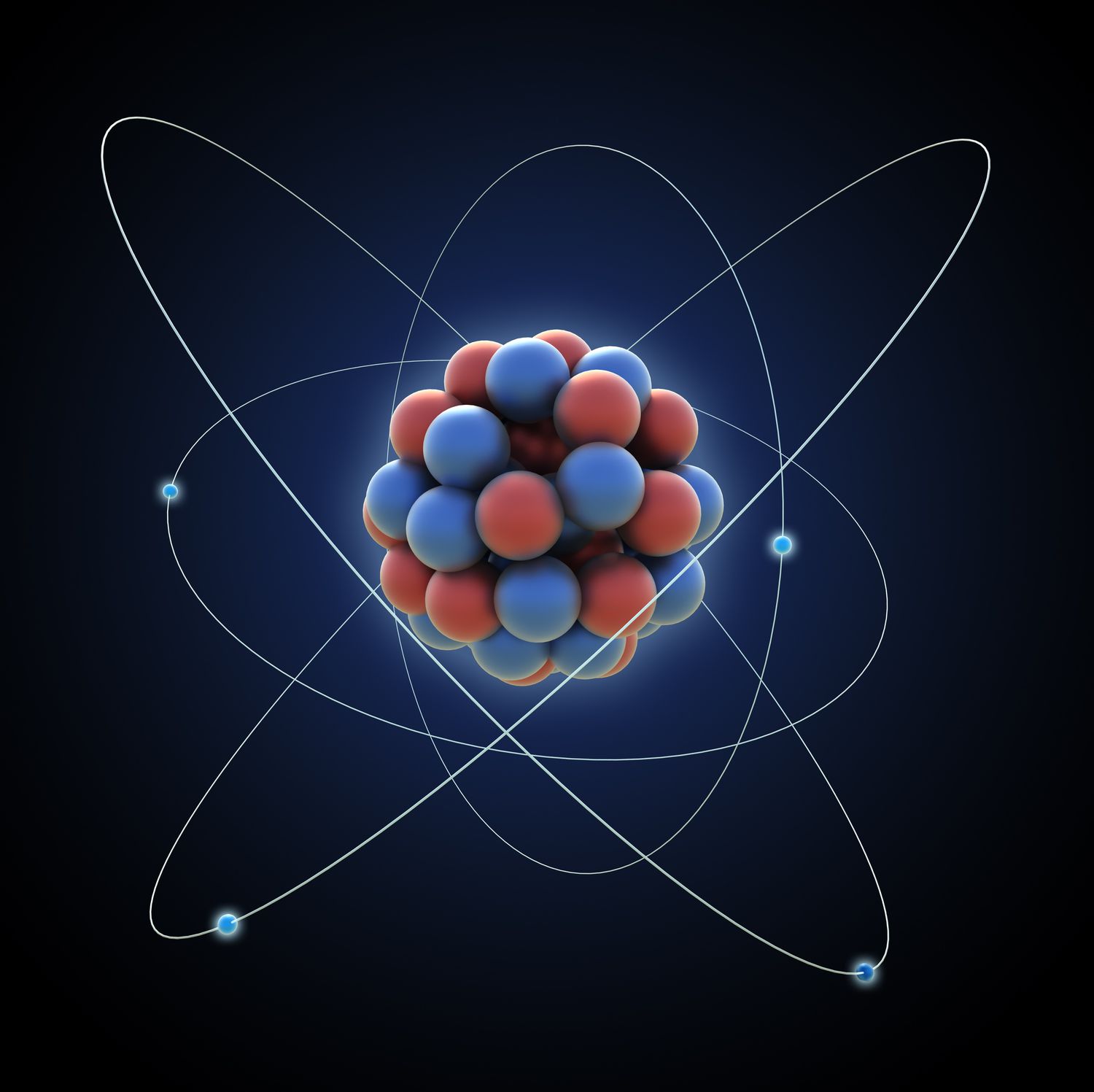Have you ever wondered what everything around us is made of? Well, the answer is atoms! Everything, including our own bodies, is made up of these tiny building blocks. Atoms are so small that counting the total number of atoms in a human body is nearly impossible. In fact, there are more atoms in our bodies than all the visible stars in the entire universe—more than a million times over!

Now, let’s talk about what atoms are made of. Atoms have even tinier parts called protons, neutrons, and electrons. The most important thing about an atom is the number of protons in its center, called the nucleus. This number determines what kind of element the atom is, and this information is neatly organized in something called the periodic table.
Atoms like to interact with each other in different ways. When they get close, they might share electrons, or one atom might take electrons from another. When several atoms join together, they create molecules or salts. These can have really complicated shapes!
Now, let’s zoom in a bit more. Proteins, which are essential for our bodies, are made of chains of amino acids. And what are amino acids? They are molecules made up of atoms! Our bodies are like a complex system of molecules working together to do important things. Understanding how atoms behave is super important for scientists in chemistry, physics, and biology.
The periodic table is like a special tool that scientists use to organize elements based on their atomic structure and properties. This helps scientists predict how different elements and molecules will interact with each other.
The discovery of atoms and their behavior has changed the way we understand the world. It has allowed us to create all sorts of amazing things, like plastics, electronics, drugs, and vaccines. Knowing how atoms behave helps us understand the universe better.
With this knowledge about atoms, we can build a better understanding of life’s building blocks, discover new things, and create new technologies. Atoms are like the building blocks of everything we see and touch. Understanding how they behave is like having a key to unlock many mysteries in science.
Leave a Reply